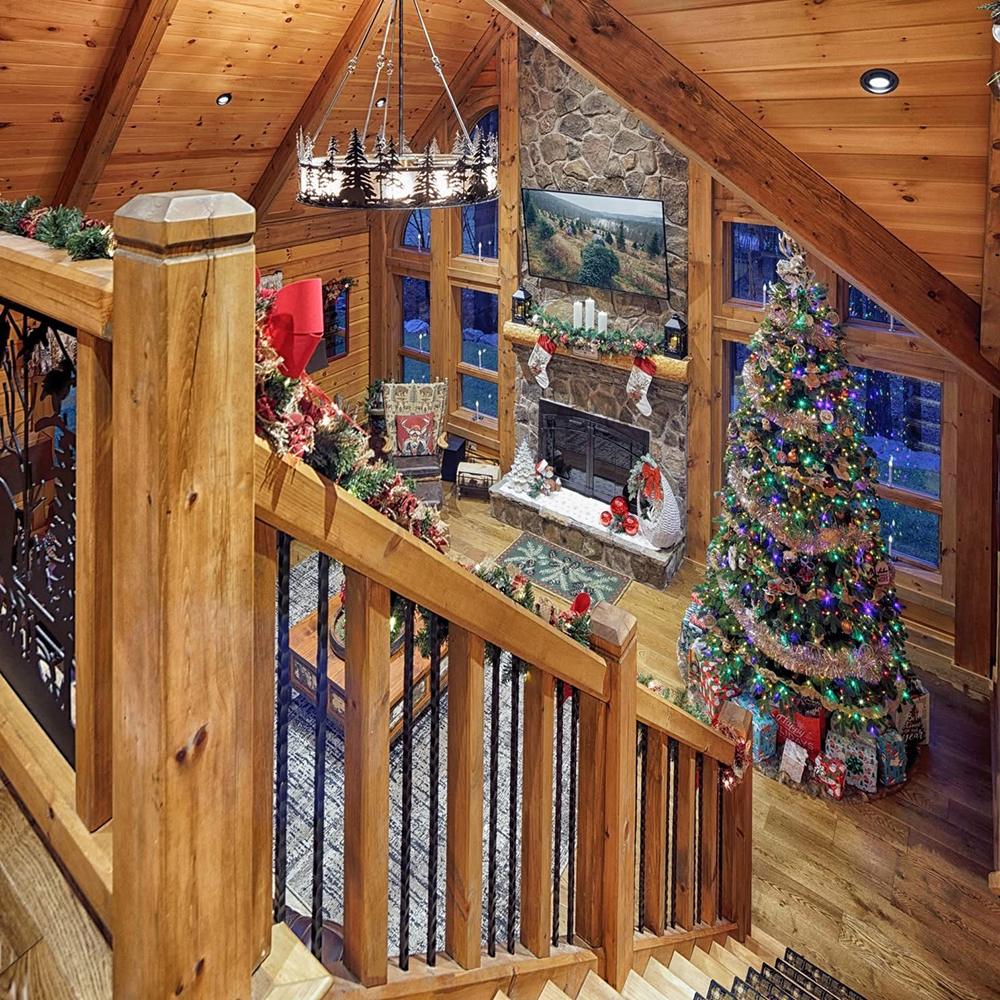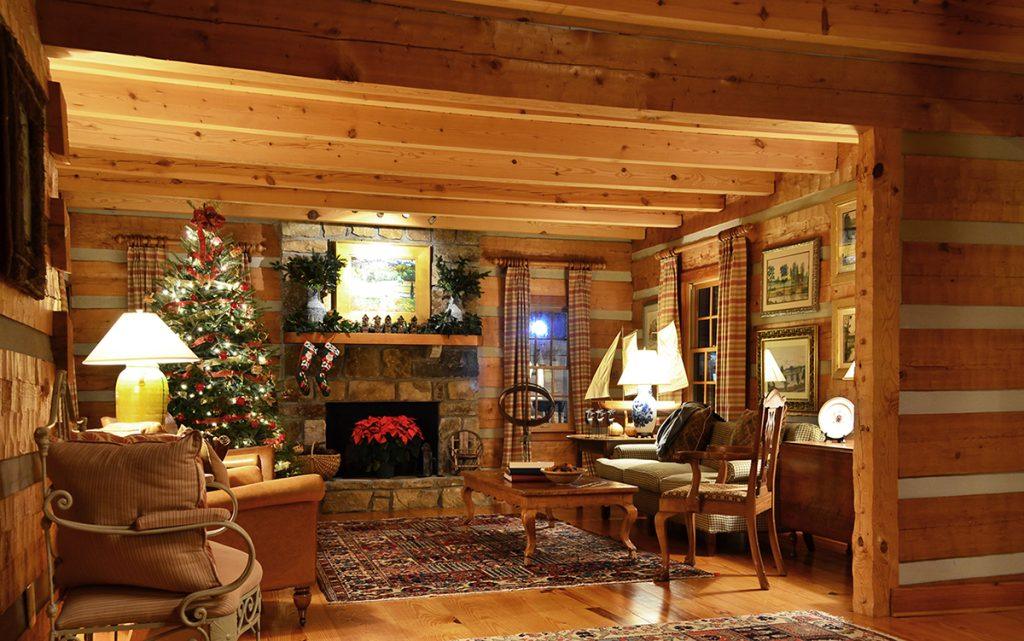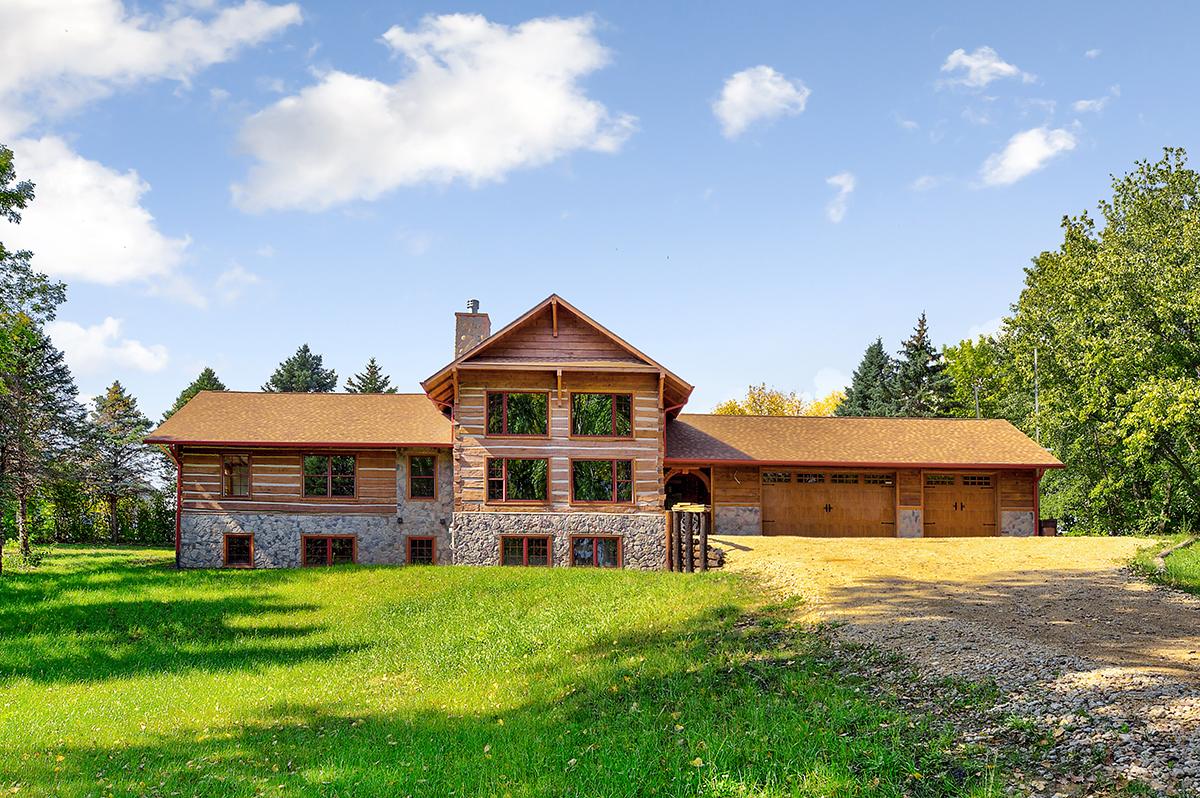When preparing a home for a new finish, one tool we typically recommend is a pressure washer. However, all pressure washers are not created equal. Choosing the right pressure washer for the job is critical for the proper performance of our cleaning and finish removal products.
When selecting a pressure washer, there are some things to look for. One of the most important features is water output volume. It should be able to put out at least two to three gallons of water per minute (2-3 gpm). A lower output tends to move the degraded stain and wood fibers down the wall, but does not necessarily wash them off of the wall. For example, electric pressure washes may generate enough pressure to clean, but since they only put out about 1/2 gallon of water per minute, they really are not suitable for cleaning a wall down to bare wood.
Although a good pressure washer typically generates 2500 to 3000 pounds of pressure (psi), it does not mean that you need that much pressure to clean the surface. You want to hit the surface of wood with no more than 600 psi in order to avoid excessive feathering. However, the higher pressure allows you to stand back from the wall and clean off a wider swath with each pass of the wand tip. For removing old finishes we recommend using a 25-degree fan tip or an adjustable nozzle, if it’s available.
One more thing about pressure washers: we don’t recommend running any of our cleaners or strippers through the pressure washer. Our products should be applied separately, allowed to work on the surface for the labeled amount of time, then you should use the pressure washer to wash it off. To avoid streaks and runs, clean from the bottom up and rinse from the top down.
A pressure washer will definitely test the sealant system of a home. Water will undoubtedly enter the home, so have someone inside with some towels and to mark water entry points for later inspection and sealing. Lastly, the wood must be allowed to dry at least a day and be dry to the touch before applying a caulk, stain, or a wood preservative.





































